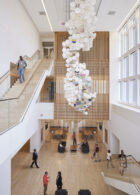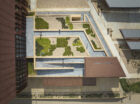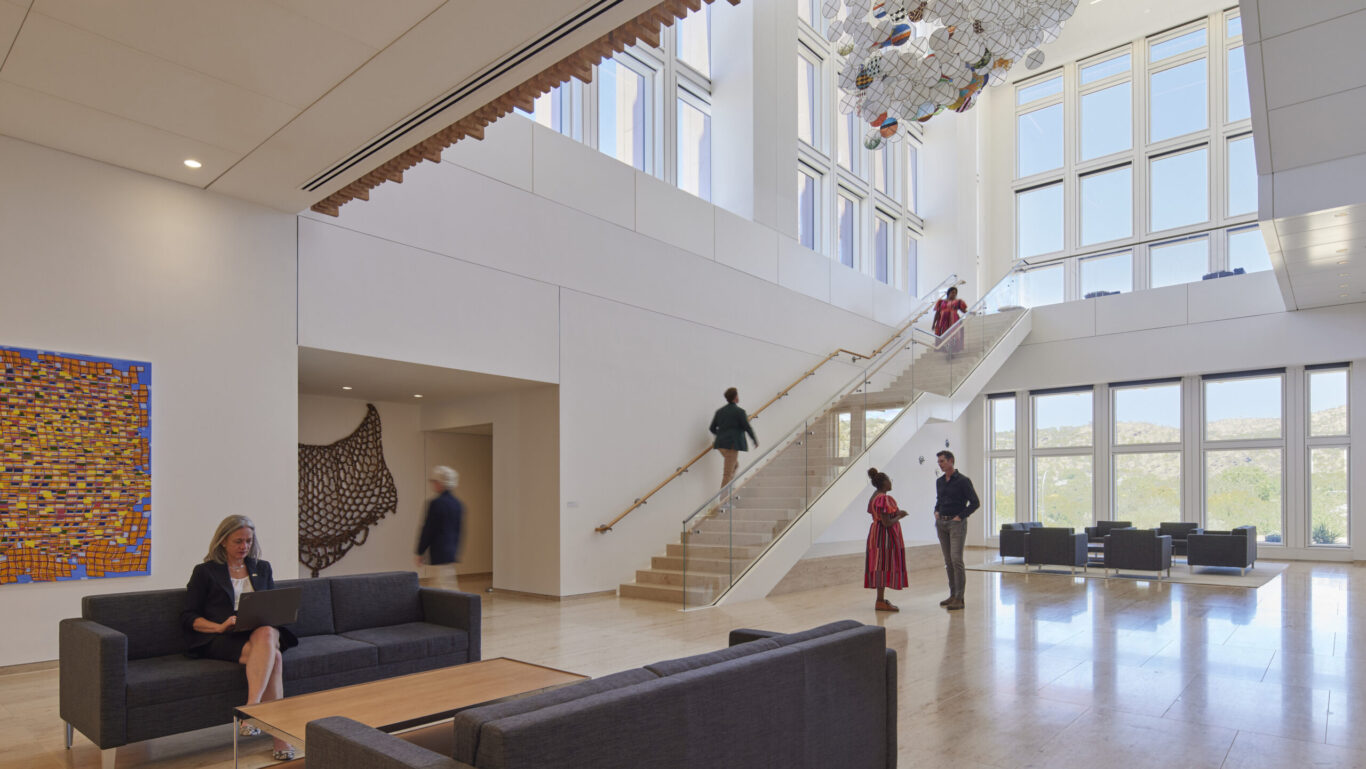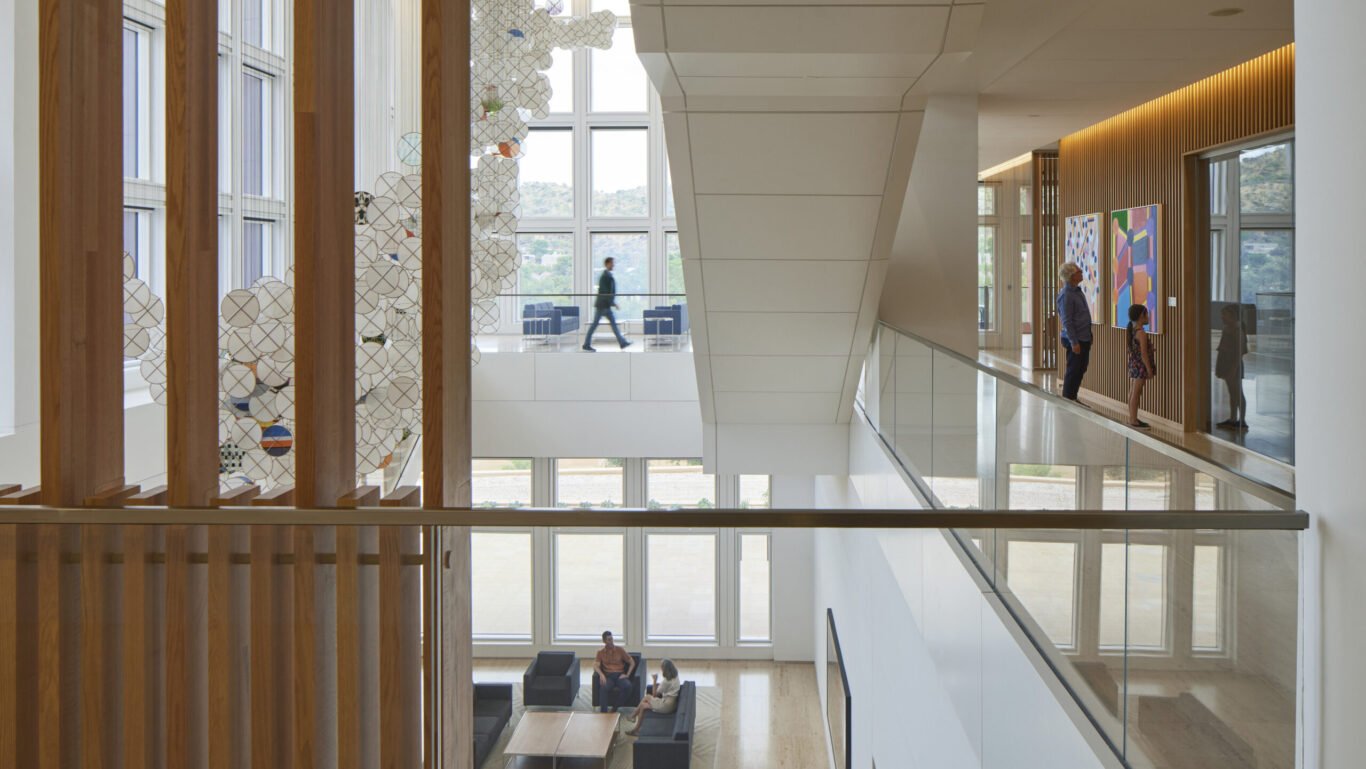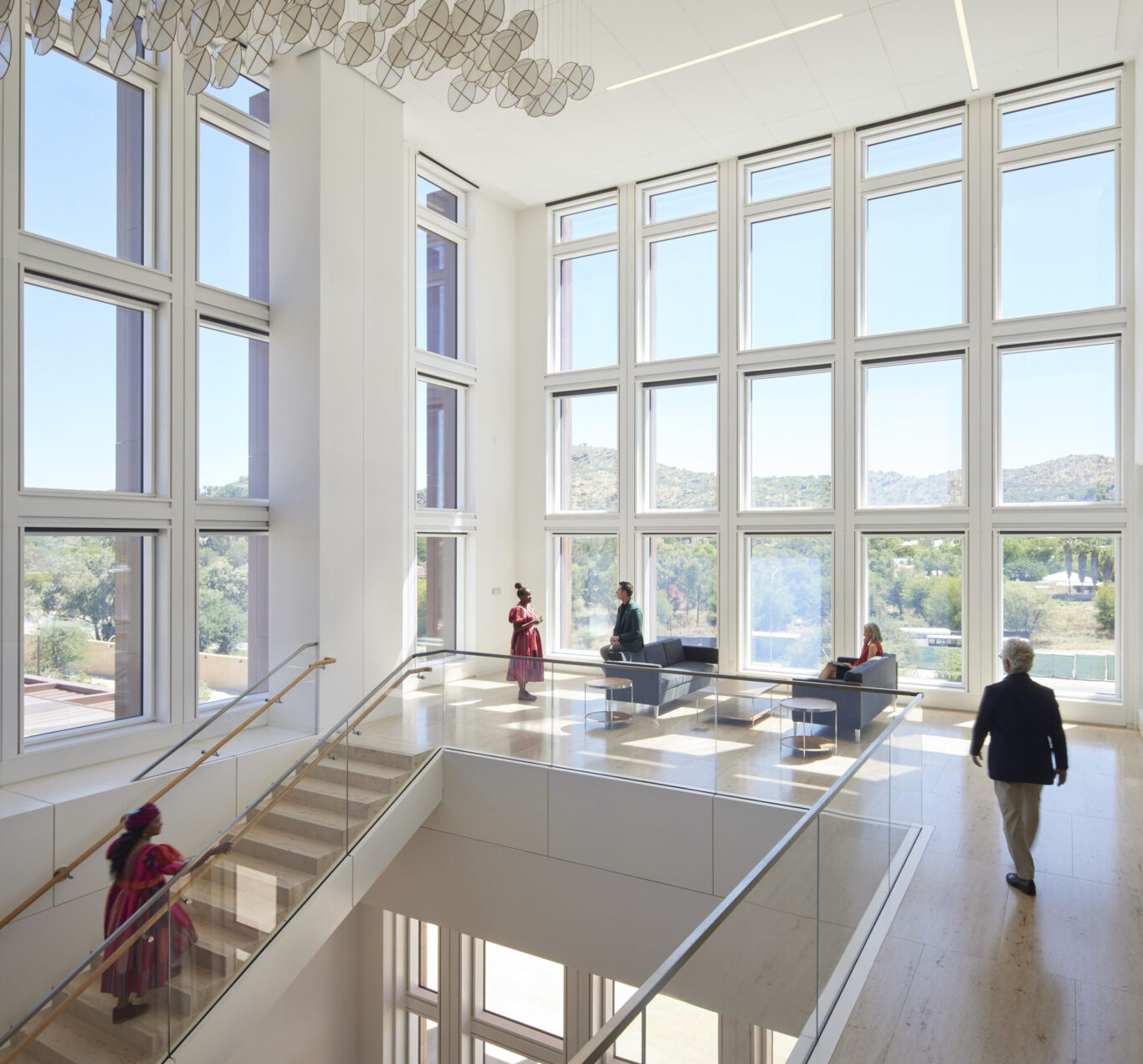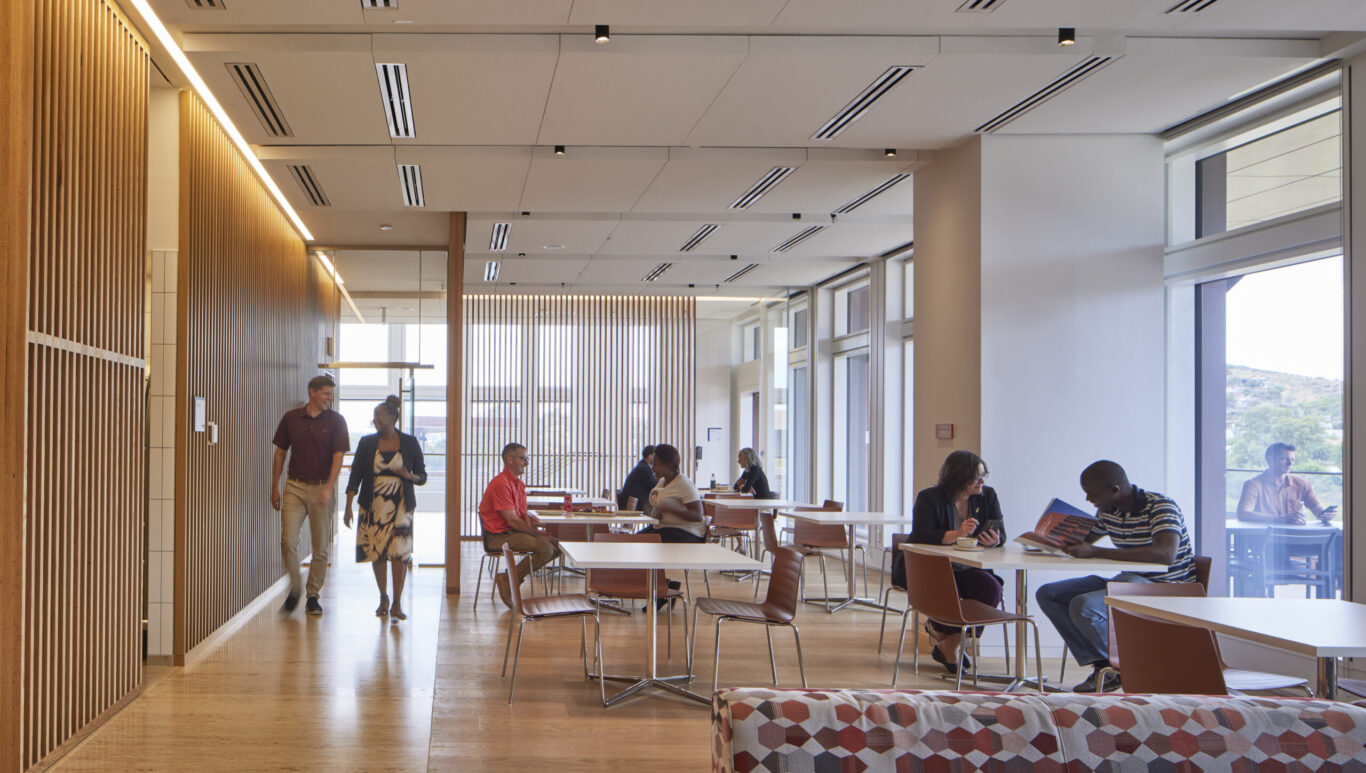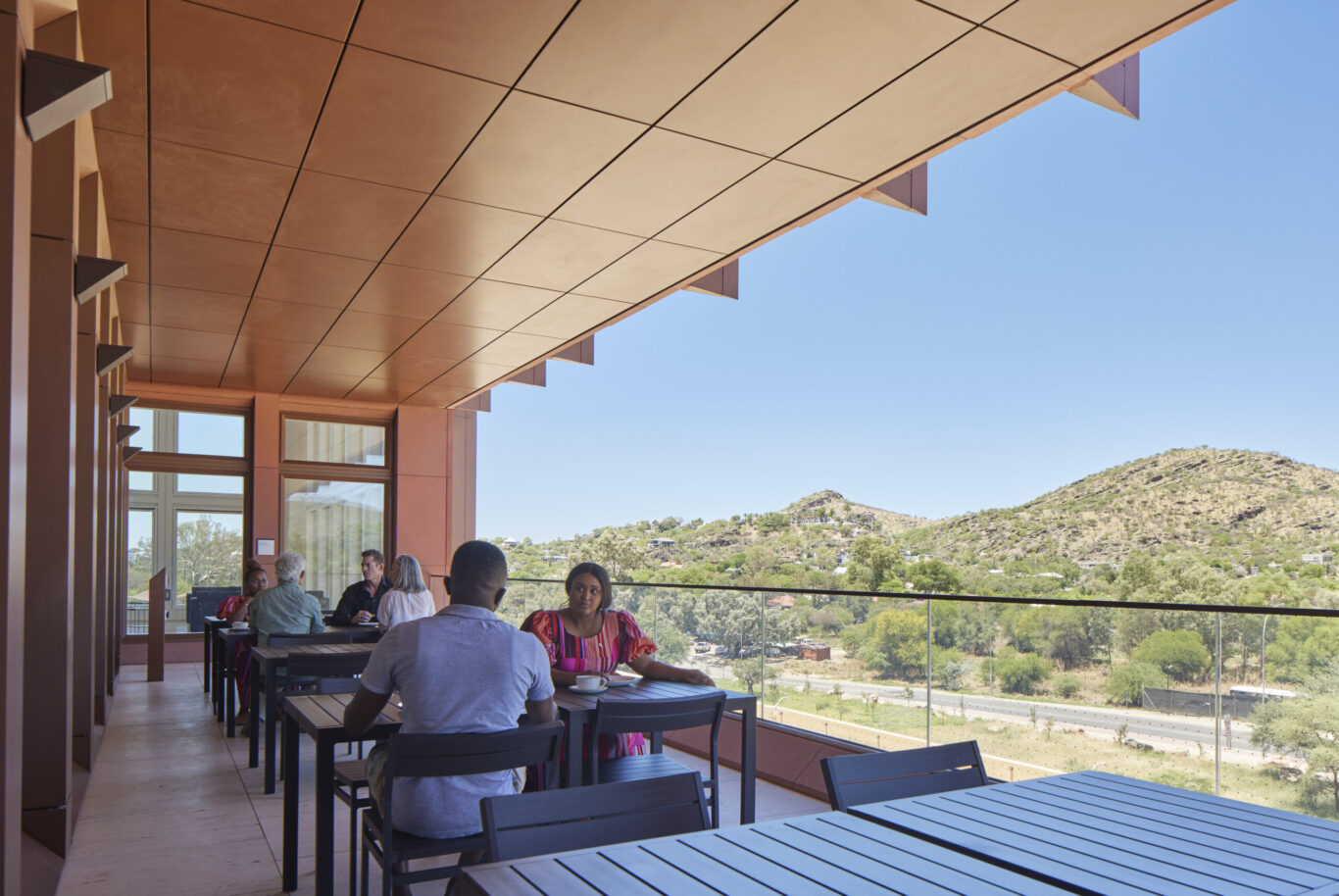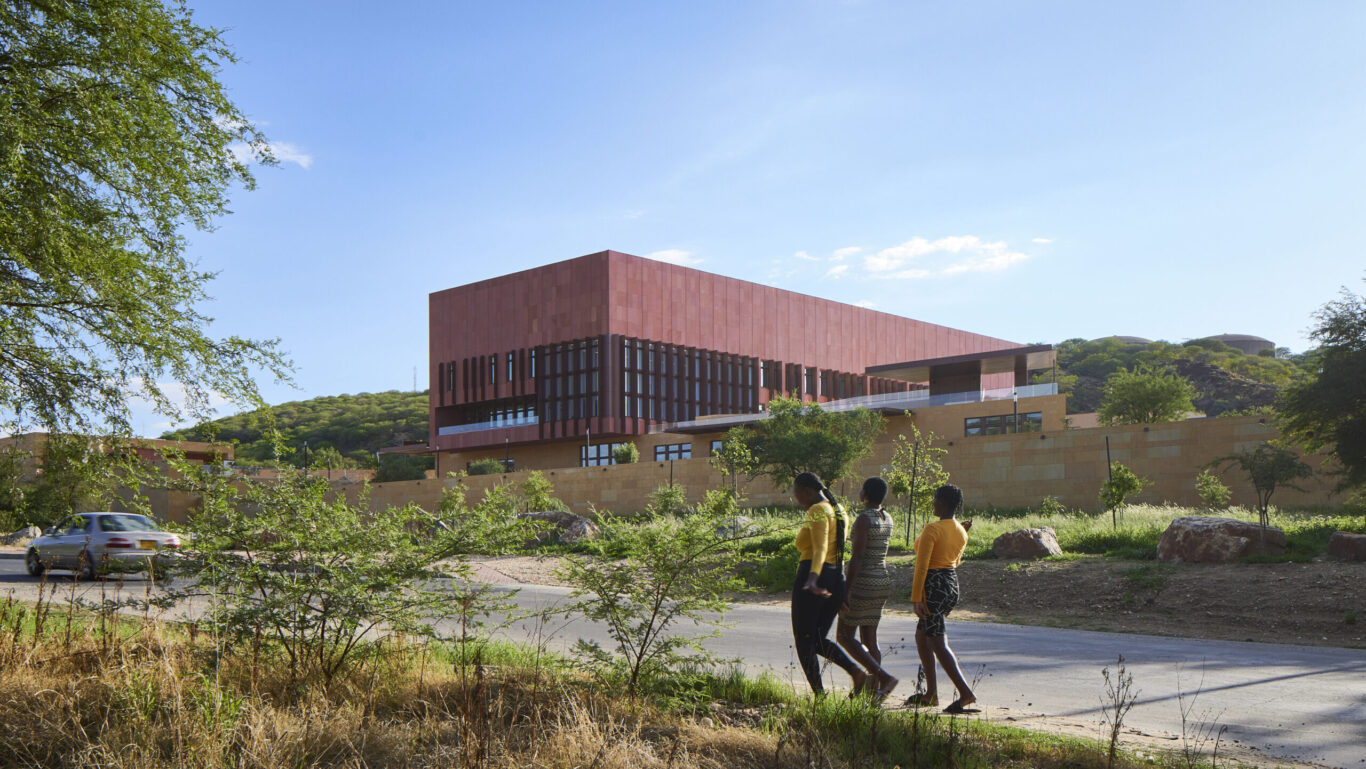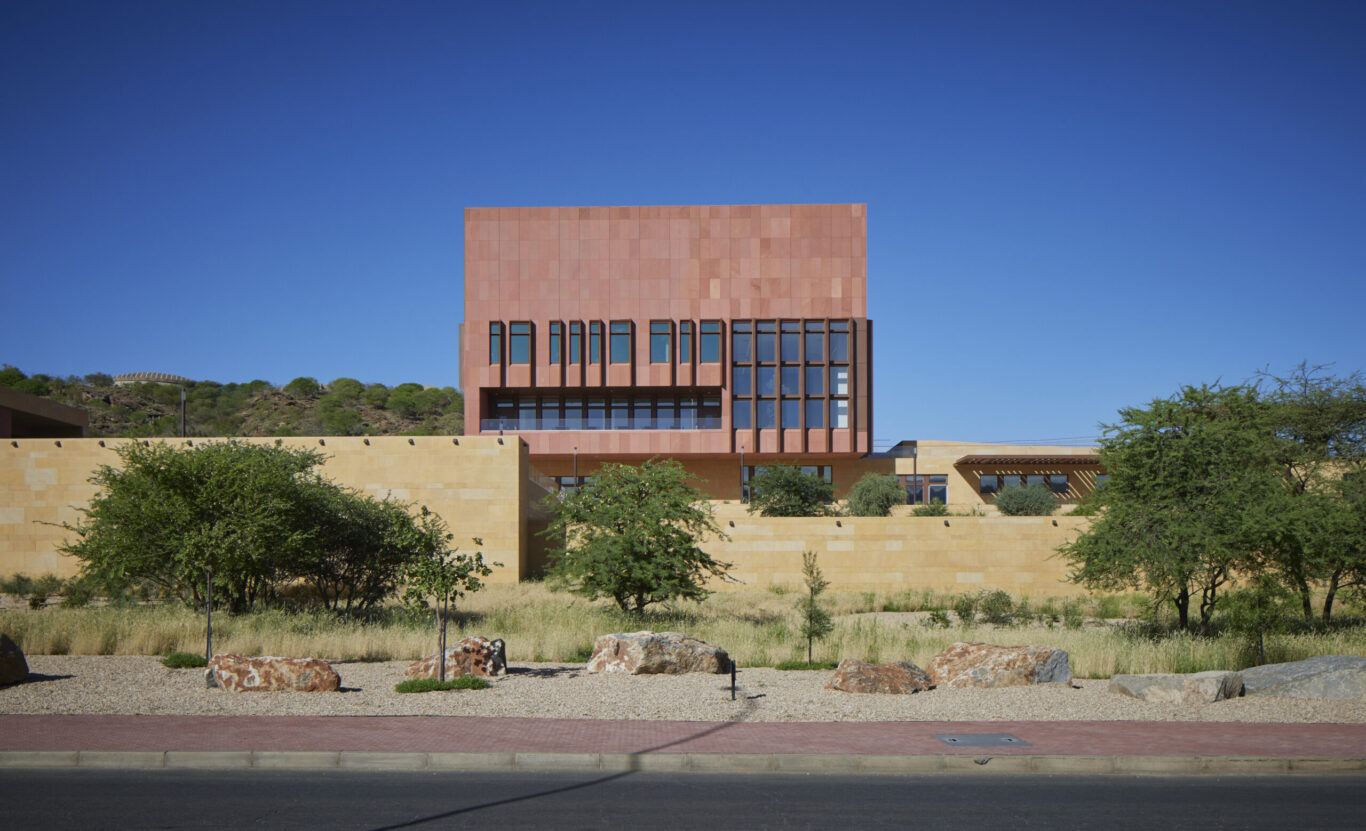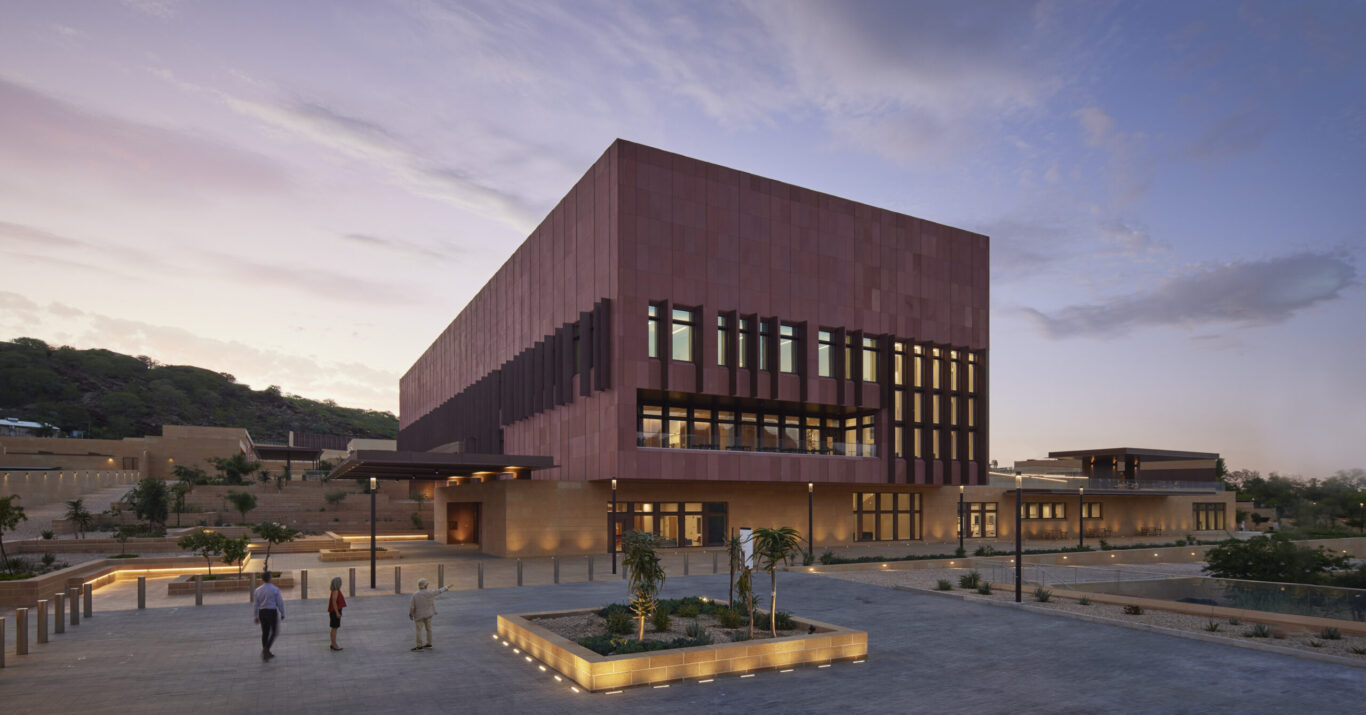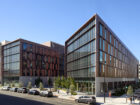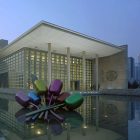Enabling diplomacy through architecture
SOM’s modern complex for the U.S. Embassy Windhoek creates a new state-of-the-art facility for Namibia’s capital. Designed to foster collaboration on initiatives advancing education, health, trade, and wildlife conservation, the embassy meets stringent security and performance standards with a series of low, stone-clad structures that harmonize with the city and surrounding environment. The architecture, as a subtle form of diplomacy, facilitates meaningful engagement between the United States and the Namibian government and people.


